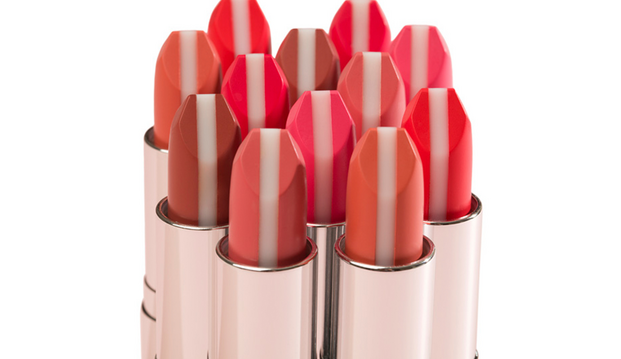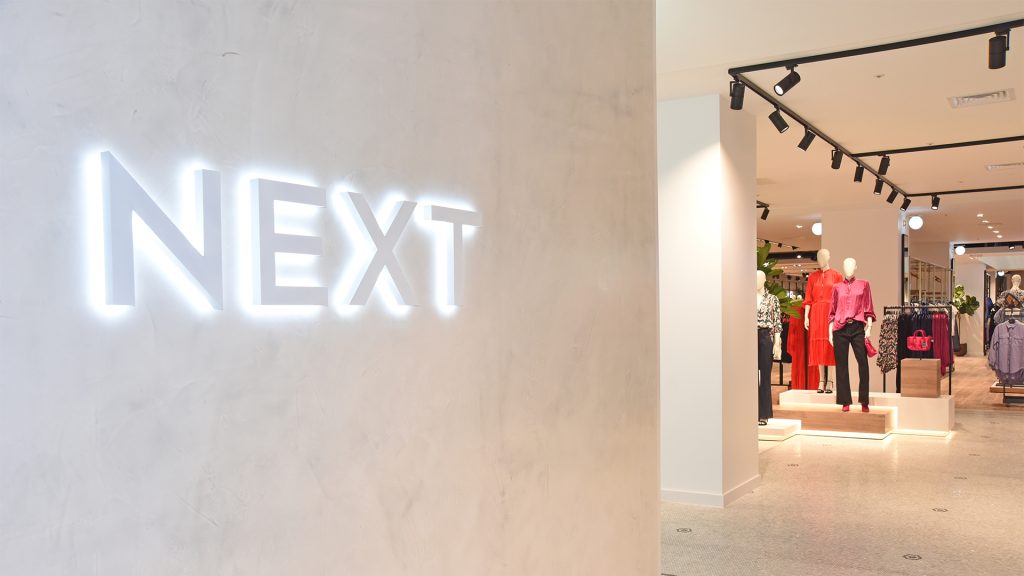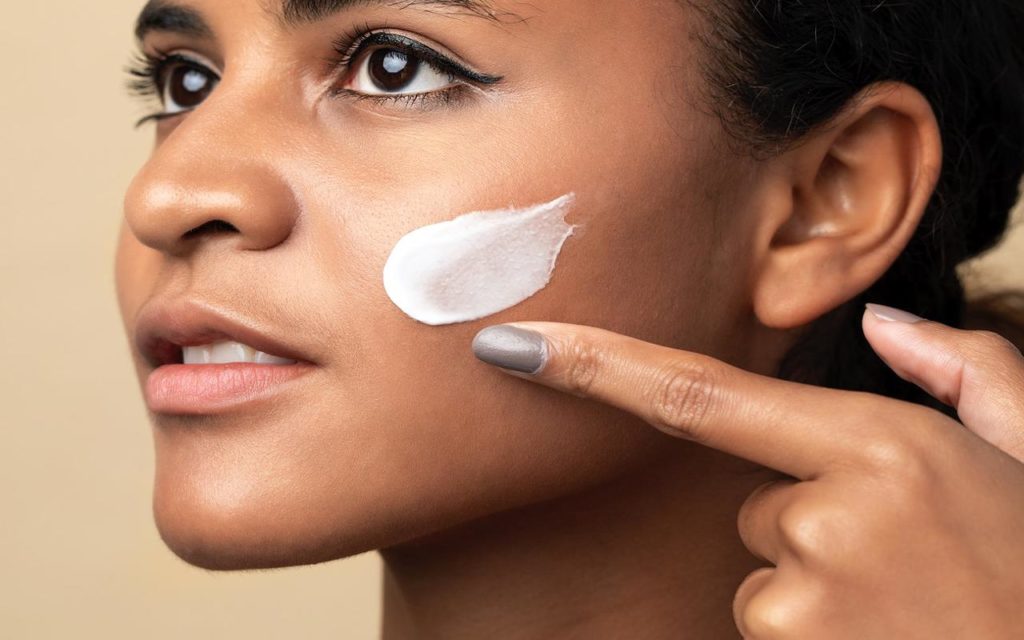Beauty is in the eye of the cross-border beholder
Despite ongoing constraints on consumer’s discretionary income, set by rising costs resulting from inflation, some categories have remained strong, and one such is cosmetics, explains Alan Clarke, Chief Commercial Officer – Europe, at ESW.
In part, this is due to what is sometimes referred to as the lipstick effect, originally coined by Estée Lauder’s Leonard Lauder, whereby cost-conscious consumers look to the beauty sector as an entry point to luxury in constrained times, and choose a little opulence in their lives by literally putting on a brave – and beautified – face.
According to Kantar Worldpanel, in the 12 weeks to 18 September, sales of lipstick were nearly 10% higher than in the same period 2021. Overall, in 2022, the global market has been valued at US$534billion and going forward is predicted to grow at a CAGR of 5.86%. And a growing proportion of these sales are coming cross-border, led by both Millennials and Gen Z customers.
The recent Global Voices Pre-Peak Pulse 2022 Cosmetics report reveals that while the majority (85%) of respondents surveyed shopped for cosmetics online, only 1 in 5 do so outside their home countries. The cohorts most likely to shop cross-border for cosmetics are Millennials and Gen Z. In fact, Millennials shop for cosmetics online at 3x times the rate of Baby Boomers; and one third of Boomers had not shopped online for cosmetics.
In terms of where these cross-border shoppers are from, 40% are from China followed by the UAE (32%) and South Korea (25%).
Looking at which product categories they buy, the list is headed by skincare, fragrance and lipstick.
Gen Z and Millennials also head the list in terms of the variety of cosmetics they buy cross-border. 30% of Millennials and Gen Z said they buy foundation, mascara and eyeshadow cross-border, while this falls to 17% for Baby Boomers and 25% for Gen X.
The reason behind why shoppers buy cosmetics cross-border reveals a paradox. The primary motivation is an inability to find a given product at home. 26% gave this reason. 26% also said that they purchase cross-border because international websites offer a greater variety of products than available locally, a critical factor for consumers wishing to access limited-edition or skin-type specific products.
However, high shipping costs and long shipping times were the barriers that will switch them back to their local stores and in-country channels. 27% said they would not purchase cross-border due to high shipping costs while a further 27% said that shipping would take too long, prompting them to look to buy domestically.
The journey to purchase new international brands starts increasingly on social channels, primarily YouTube, followed by Facebook and Instagram, in fact, cross-border shoppers rely on additional channels at higher rates than their in-country only counterparts. 39% of cross-border shoppers cited TikTok as a discovery channel compared to only 31% of in-country only shoppers, while they also reported using influencers and Twitter at higher rates than local shoppers. This mirrors TikTok’s growth as a strong impact discovery channel for beauty brands – which has increased by 176% year-on-year.
Overall, the outlook for online, cross-border cosmetics sales is positive as international shoppers report they believe they will have additional discretionary income in 2023, and are willing spend with brands that are perceived as trustworthy and provide a highly personalised customer experience.
73% of global survey respondents said that in the next 12 months they intend to keep their online spending the same (44%) or decrease their spending (29%).17% said they intend to increase, and this sentiment was particularly strong among cross-border shoppers. Of those shoppers surveyed who shop cross-border, 27% of them reported a planned increase in online spending. International shoppers are also prepared to spend more when seeking variety and specific products that are not available locally, with 18% of cross-border cosmetics consumers reporting spending more than $1,000 (in the past 12 months) compared to just 10% who spent this market while shopping locally.
Demand for cosmetics provides brands with a great opportunity to test new markets. Essential to success in these markets is ensuring that the whole offer is strong, not just the products, for instance, order tracking and multiple shipping options. Brands also need to work with a partner that can provide seamless fulfilment, given that some fragrance and cosmetic items can be classed as restricted goods, making them subject to more stringent border checks.

Alan Clarke, Chief Commercial Officer – Europe, at ESW.
In proud partnership with
To read more analysis features, click here.







